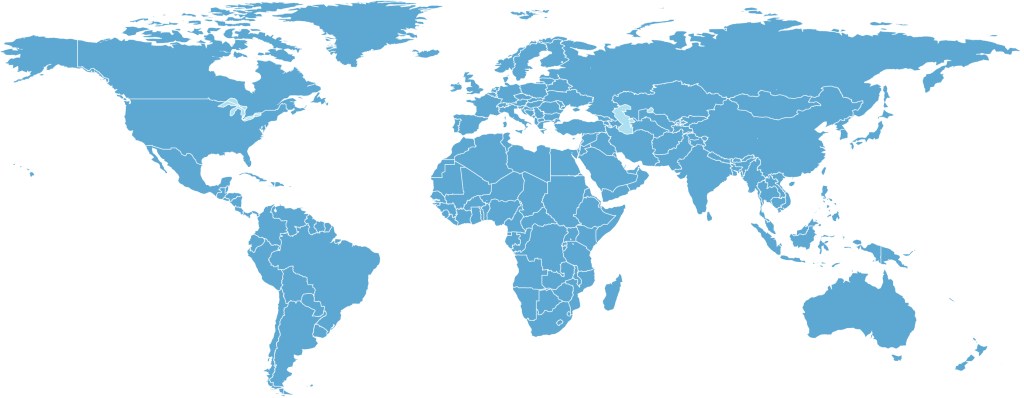
I spent just over a decade in Asia between the 1990s and mid-2000s. In all the time I spent there I never considered the Region as ‘One Market’ – but rather as a multitude of diverse and different markets.
By way of example, almost everything we did in Asia was “ex-Japan“. This wasn’t because we didn’t see Japan as part of “Asia” – as it very much is – but rather because the international legal market there (NB, the Japanese local legal market is a very different issue) has far more in common with the US market than the Asian. As a result, we lumped Japan in with the US when discussing strategy (and you’re free to question that thinking/strategy).
Likewise, any strategy discussions we had that involved Singapore almost always included India, the Middle East and the Philippines. Similarly, strategy discussions that involved Hong Kong included not only mainland China but also Indonesia.
Finally, SE Asia (Thailand – where I was located, Myanmar, Laos, Cambodia and Vietnam) was its own regional discussion.
All up then, when discussing “Asian” strategy we had four or five discussions – not one.
That said, I worked with (but not for) firms (notably Herbert Smith as it was then) who operated on a fly-in fly-out basis. In my day we called this the “hub and spoke” approach, where the expertise went to the client need and, I have to assume, strategic discussions were done on a Regional basis.
While not criticising firms who took this approach – some did very well out of it – I didn’t think it worked for the firms I worked with as we held the view that, probably more so than any other market in the world, Asia operates on a relationship basis. Our experience was that relationships trumped expertise, and in the very family operated business world of Asia at that time, cost.
So why the history lesson?
Last week, in the Asian Lawyer, I read Bob Charlton – Asia Managing Partner of Berwin Leighton Paisner (BLP) – comment, following the firm’s Asian retreat, that:
“…in broad terms we agreed we must have a one Asia approach.”
Interesting, I wonder what BLP could mean by “a one Asia approach“?
Fortunately the article sets out exactly what that means:
“BLP’s “one Asia” strategy means the firm is doing away with the concept of geographic and practice area distinctions, focusing instead around sector groups. These groups include aviation, construction, oil and gas, private wealth and shipping.”
Now that really is interesting because, frankly, I’m not sure it is going to work.
A sector focus in Asia is a sensible move. A sector only approach to market in Asia is gutsy to say the least.
I say this for two reasons: (1) ‘relationships still trump in Asia’, and (2) Asia is not now, nor will it be for a very long time (if ever), one economic zone. That’s the case both for inbound and outbound work. And even if you don’t want to have people on the ground (which I would strongly recommend you do), you need to consider the geo-political economic implications separately.
And I’ve said all of this without mentioning the elephant in the room: “AdventBalance”. I wonder if they take a sector approach to their strategic thinking in Asia…
RWS_01


